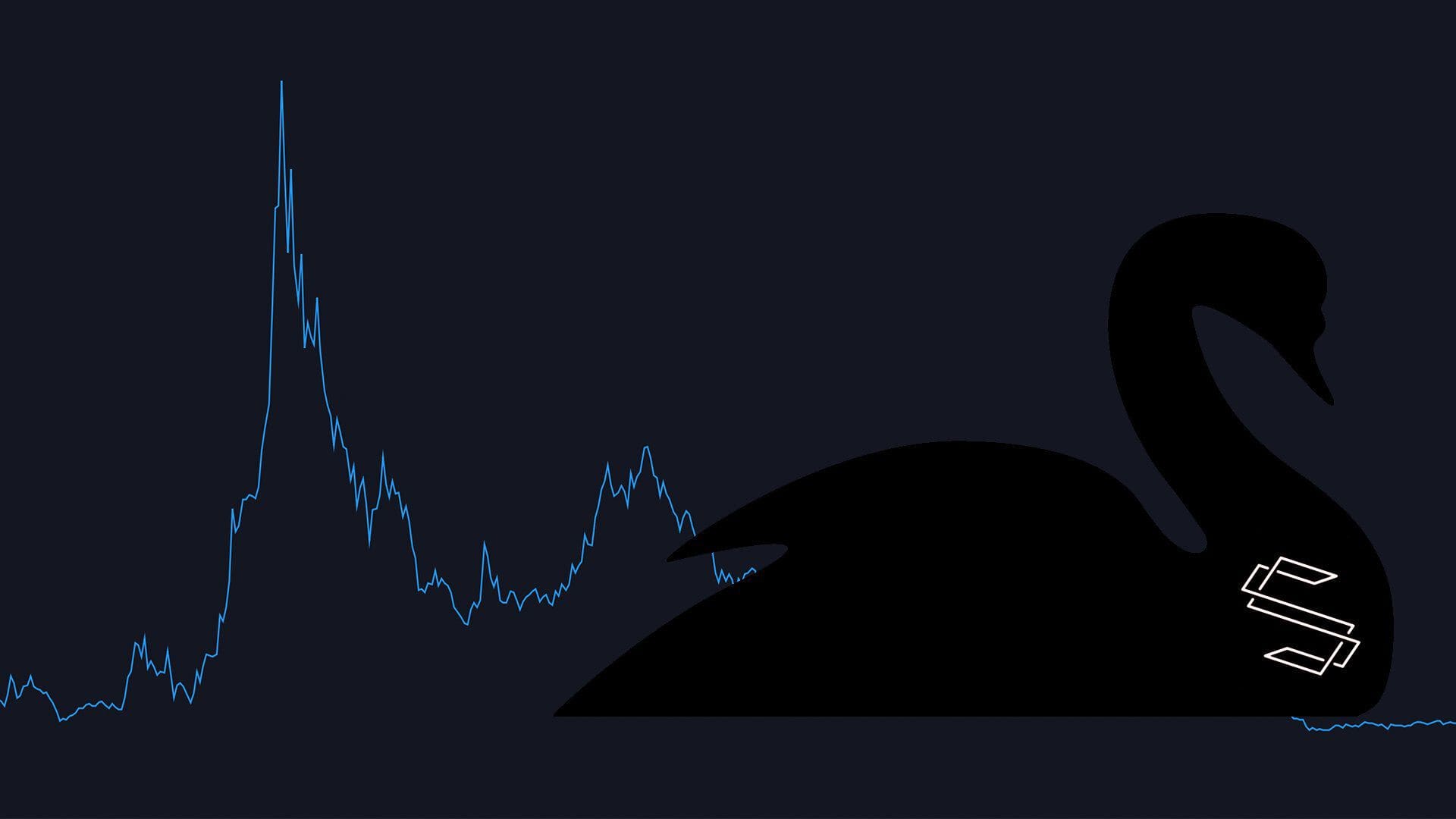Following up on a post from last week, it appears Substratum has completely removed the team page from its website – it now resolves to a 404 error. Substratum has also removed its whitepaper from the website, leaving only the technical paper available for download. In response to questions surrounding this sudden development, Substratum CIO Abram Cookson posted the following explanation on Telegram.
Although we are very active on twitter and linked in, several team members were getting personally harassed and doxed. We’ve been making small changes to our messaging and public website. The direction of our product was not inline with our website. More changes coming soon, so I assume brace yourselves.
I don’t see how taking down the company’s team page and removing all traces of the original whitepaper can be considered a “small change”. A project’s team is integral to its perceived legitimacy, and this is especially true for a crowdfunded project like Substratum. Furthermore, Substratum’s team members are already well known in the industry thanks to the project’s numerous PR disasters, false promises, and flat out lies over the past year and a half. Thus, removing the team page does nothing to protect the identities of team members. The negative optics, however, are overwhelming. With community opinions ranging from “Substratum is stupid” to “Substratum is planning an exit scam,” Abram Cookson’s decision to remove the team page and whitepaper from the website has resulted in another round of the project’s favorite pastime – poorly executed and completely avoidable damage control. If you’re looking for information regarding Substratum’s team and whitepaper, you’re in luck. Here is a link to an archived copy of Substratum’s team page. Here are links to Substratum’s two whitepapers – V1 and V2. Regarding Substratum’s takedown of the whitepaper, we can conclude that the team is actively trying to suppress information that is in the original whitepapers, but not the current technical paper. The “diff” between the whitepapers and technical paper are mainly false statements that Substratum no longer wants to associate itself with. Here are a few examples.
Substratum will become a fully Open Sourced project upon our launch of version 1 at the end of 2017.
This is a lie. It’s currently 2019, and a fully open sourced project doesn’t exist. SubstratumNetwork will be running on its own blockchain. Developed specifically for the Decentralized Web.
This is a lie. The SUB token is an ERC-20 token, and the Substratum network doesn’t even use blockchain. Therefore, it cannot “run on its own blockchain” by definition.
Only ports 80 and 443 are required to run a node and those will be verified and opened in the setup process. This is a lie. Substratum requires a random port to be open in addition to port 80 and 443.
The Securities and Exchange Commission recently made a filing that most coins need to be registered as a commodity to run an ICO for US citizens. The exception to that rule is if the token / coin has a purpose as part of a platform or system. If it is used as the FUEL that runs the system. Since Substrate is the FUEL that runs the Substratum Network we are cleared to run for US Citizens.
Classifying an asset as a utility token or “fuel” does not exclude it from being a security. Since SUB passes the Howey Test with flying colors, Substratum’s ICO was likely an unregistered securities offering. According to my sources, multiple parties have reported Substratum to the SEC, and I wouldn’t be surprised if there is an ongoing investigation. As you can see, Substratum’s whitepapers are riddled with misinformation designed to appeal to novice investors who did not possess enough knowledge to make a proper judgement call before investing in Substratum’s ICO. A year and a half later, ICO investors are underwater, SUB has been delisted from all reputable exchanges, the team page and whitepapers have been removed from the website, and the general consensus in the crypto community is that Substratum is a joke. What’s next?
